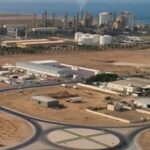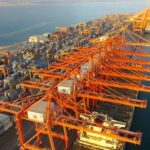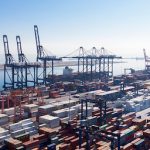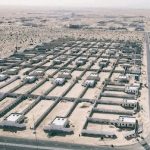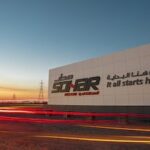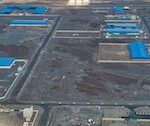Qatar
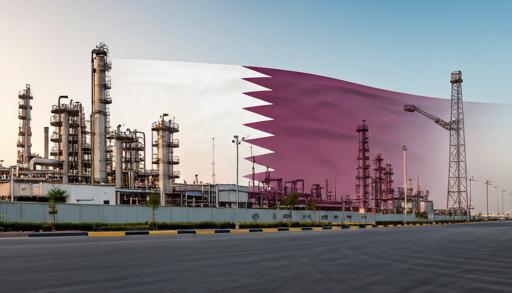
Qatar, once solely reliant on its vast hydrocarbon reserves, has embarked on a journey of economic diversification. A crucial engine in this endeavor is the industrial sector, with dedicated estates playing a key role in fostering growth and attracting foreign investment. Let’s delve into the current state of Qatar’s industrial landscape, highlighting the significance of these integrated hubs.
Prior to the 21st century, Qatar’s economic fortunes were tied directly to oil and gas. While these resources remain vital, the vision for the future lies in fostering a sustainable and diversified economy. The National Vision 2030 outlines ambitious plans to create a knowledge-based economy, with a focus on non-hydrocarbon sectors like manufacturing, logistics, and tourism.
Qatar Industrial Estates: Catalysts for Growth
Industrial estates serve as the backbone of Qatar’s industrial ambition. These meticulously planned zones offer companies world-class infrastructure, streamlined access to utilities, and a supportive regulatory environment. The estates cater to a diverse range of industries, from petrochemicals and downstream oil and gas projects to food processing, pharmaceuticals, and light manufacturing.
Ras Laffan Industrial City, located north of Doha, stands as the crown jewel of Qatar’s industrial landscape. Home to global giants like ExxonMobil, Shell, and Qatargas, it’s a hub for hydrocarbon processing and liquefied natural gas production. Other notable estates include Mesaieed Industrial City, specializing in petrochemicals and chemicals, and Dukhan Industrial City, focused on oil and gas exploration and production.
Beyond Oil and Gas: Diversification Takes Root
While hydrocarbons remain a significant contributor, the emphasis is shifting towards diversifying into downstream industries and non-oil sectors. Qatar Free Zones Authority plays a crucial role in attracting foreign investment by offering competitive incentives and tailored solutions for diverse industries. Examples include Manateq, focusing on light manufacturing and logistics, and Umm Alhoul, specializing in aluminum and steel production.
Challenges and Opportunities for Qatar
Despite the progress, Qatar’s industrial sector faces challenges. Dependence on skilled foreign labor, high energy costs, and competition from regional players are key hurdles. Nonetheless, the government is actively addressing these issues through investments in education and training programs, renewable energy initiatives, and fostering closer trade ties with regional and international partners.
Qatar’s industrial landscape is evolving rapidly. With a continued focus on diversification, investment in technology and innovation, and the nurturing of talent, the future looks bright. Industrial estates will remain crucial in attracting foreign expertise, fostering knowledge exchange, and propelling Qatar’s journey towards a sustainable and diversified economy.
Qatar’s industrial sector, spearheaded by its strategically located and well-equipped industrial estates, is undergoing a pivotal transformation. By moving beyond hydrocarbons and embracing diversification, Qatar aims to establish itself as a regional leader in manufacturing, innovation, and knowledge-based industries. The coming years will be fascinating to watch as the sands of Qatar’s industrial landscape continue to shift, paving the way for a prosperous and diversified future.

